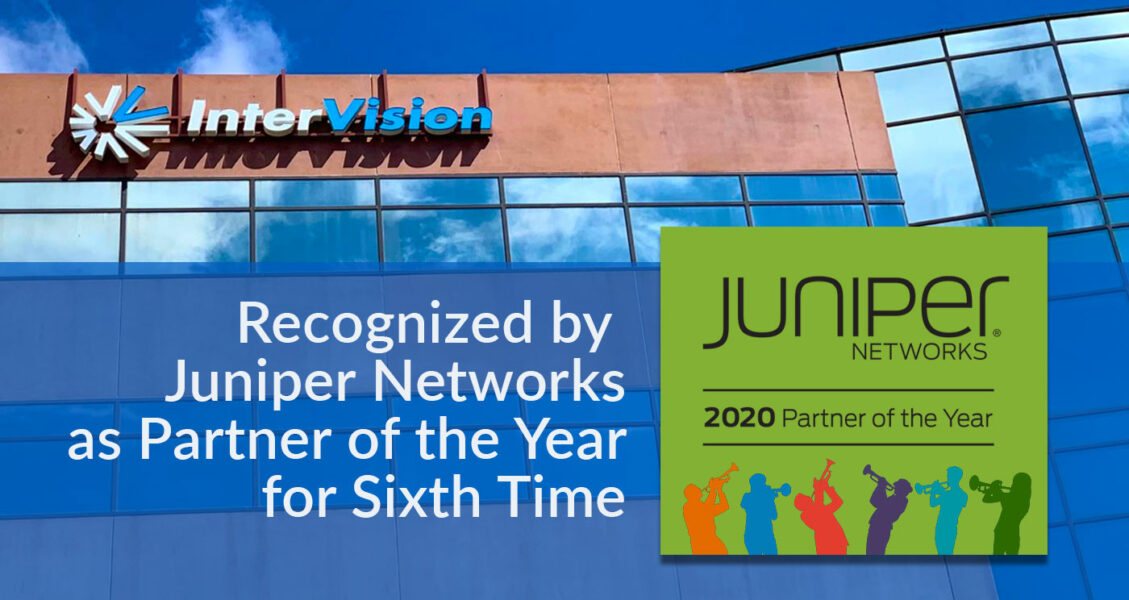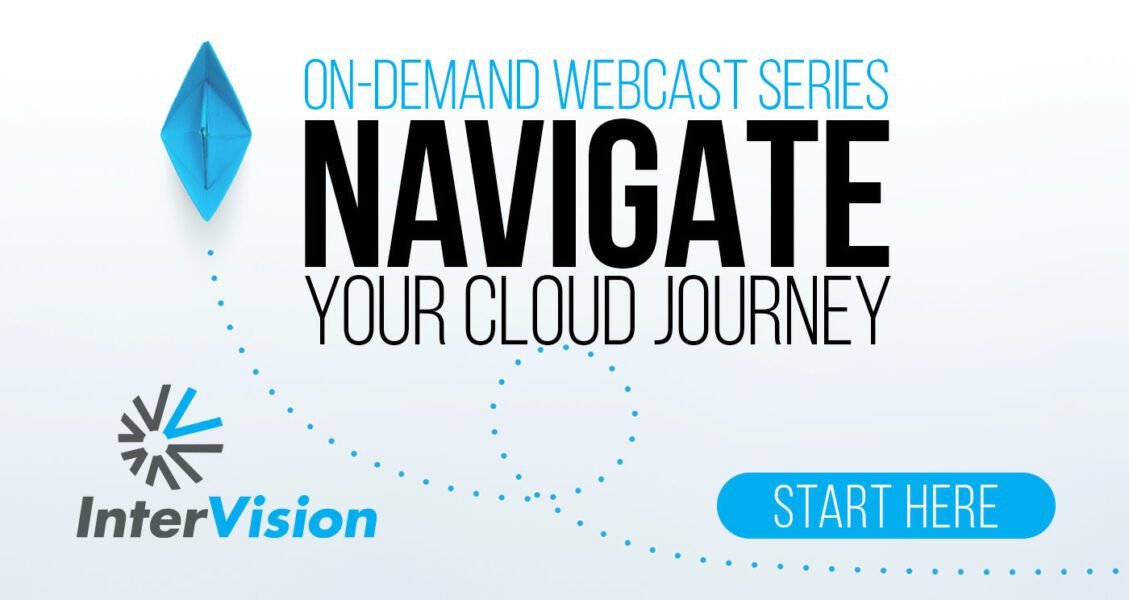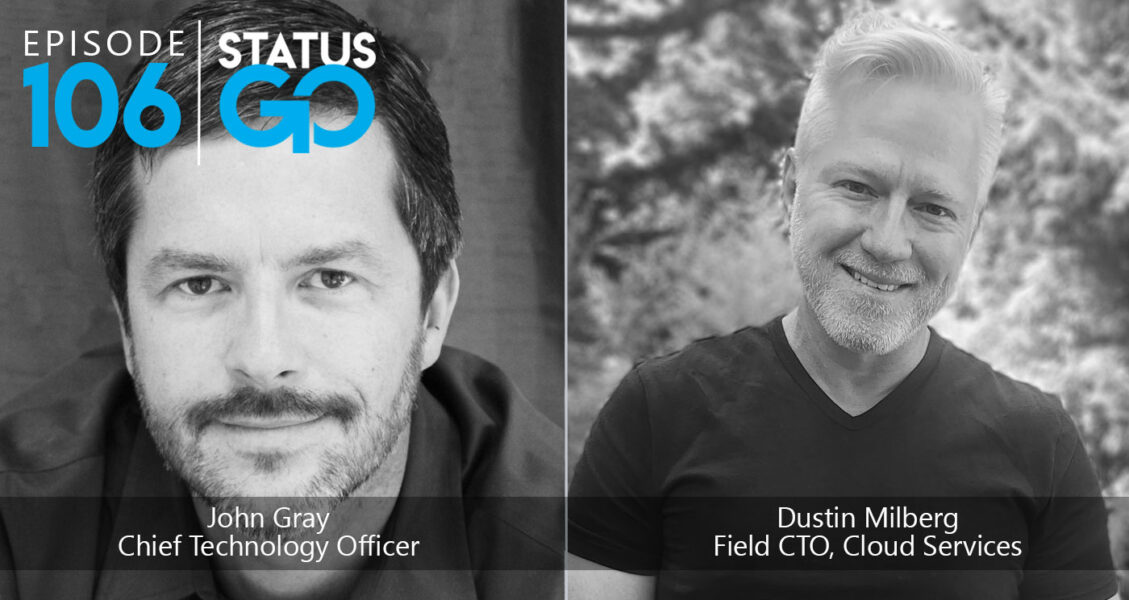More than half (62%) of recent survey respondents say they have experienced stalled or slower-than-expected cloud migration. Most believe the delay in cloud migration is primarily due to unanticipated skills gaps (41%).
InterVision, a leading IT strategic service provider and Premier Consulting Partner in the Amazon Web Services (AWS) Partner Network (APN), announced today that it was recognized as Enterprise Partner of the Year for North America by Juniper Networks, a leader in secure, AI-driven networks.
A recovery time objective (RTO) means the time it takes to stand up the disrupted technology, but the problem is that it’s not True RTO.
InterVision, a leading IT strategic service provider and an Amazon Web Services (AWS) Premier Consulting Partner, today announced it is now a qualified AWS Well-Architected Partner. This achievement recognizes InterVision’s expertise to deliver AWS Well-Architected reviews due to its track record of providing a structured approach to identify and resolve issues for new or existing AWS workloads.
Does cloud save money? The short answer is yes. The longer form answer is that yes, but it depends upon the foundation you’ve empowered in the cloud for the rest of the business to run on.
Patrick Spencer, Managing Director of MoneyTree, takes us through their cloud journey, the stand out benefit being an increased client focus.
When selecting your cloud migration type, remember the importance of aligning it with your overall cloud and digital transformation strategy.
AWS cost optimization is the process of examining and correcting existing conditions within the AWS environment to better fit within a predetermined budget.
AWS Savings Plans are an easy cost-saving feature that can provide optimization in exchange for a commitment to a particular level of usage.
Dustin Milberg, Field CTO of Cloud Services & John Gray, CTO, lay out some of the fundamental ways you can work towards reducing cloud costs.










